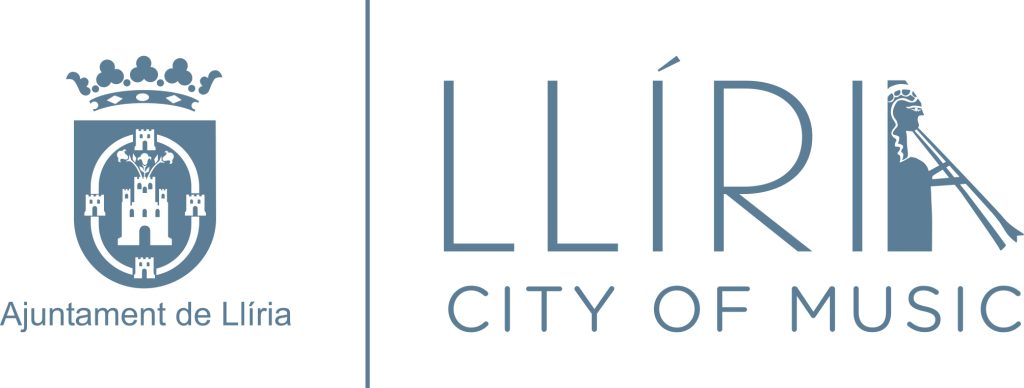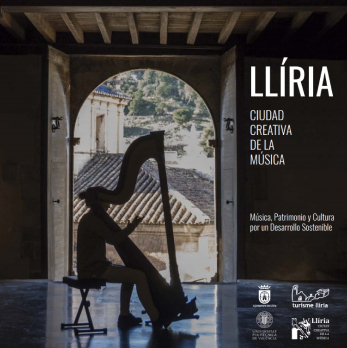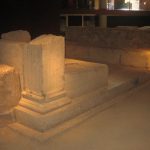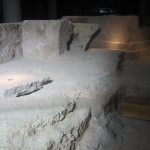THE SAXOS GROUP DEVELOPS DIFFERENT CULTURAL AND EDUCATIONAL ACTIVITIES WITH CENTERS IN EMILIA-ROMAGNA

The Professional Conservatory of Music of Llíria has started a second mobility within the Erasmus+ Program. “This new experience takes place in Italian lands, in the Emilia-Romagna area, in Bologna”, explained the Councilor for Artistic Education, Paco García.
The group of saxophones that has moved to Italy, is developing a wide program of activities, both educational and improvement and cultural. This initiative is being carried out in the reference centers of the “Lucio Dalla” Musical Lyceum in Bologna and the Superior Conservatory of Cesena.
In addition, he will give a concert together with the students of the Liceo “Lucio Dalla” tomorrow, Friday, in Bologna. In this educational and cultural exchange experience they have also visited Modena, Florence and Ravenna.
The center’s director, Amparo Esteve, pointed out that “we are very pleased to be able to continue offering these learning opportunities to our students, through the Erasmus+ mobility programme, which began with our first project awarded in 2020, and which Thanks to the subsequent granting of the Erasmus accreditation, we will continue working to carry out high-quality mobility activities throughout Europe”.
For his part, the councilor Paco García pointed out “the importance of the students of the Llíria Conservatory being able to visit other countries and learn about the educational methods and techniques that are developed in Europe within the musical field, as well as using this type of experiential exchanges to be able to export the musical culture of our city to other parts of the world, which helps our students to acquire new musical experiences that they share with other musicians of the same age”.









